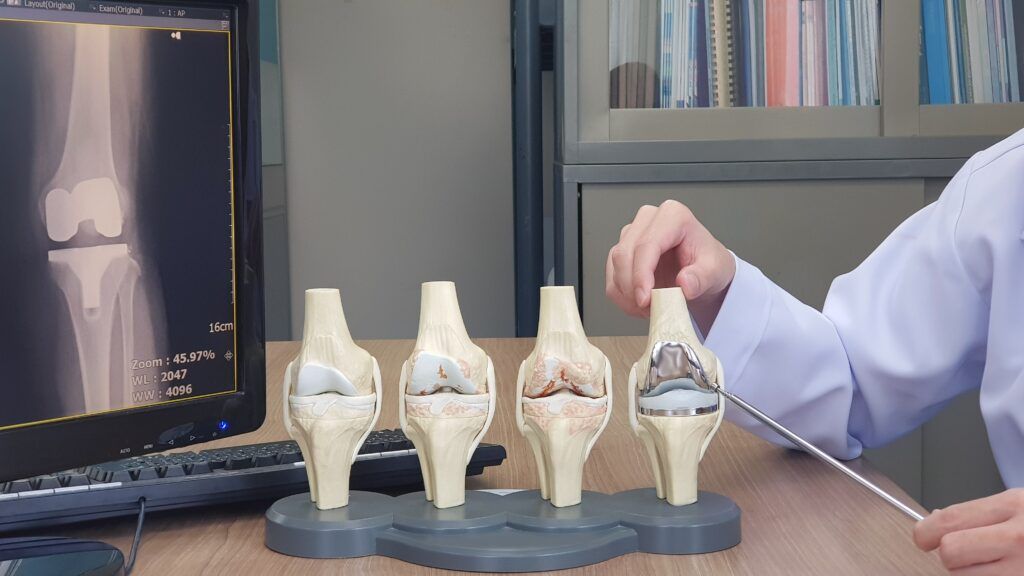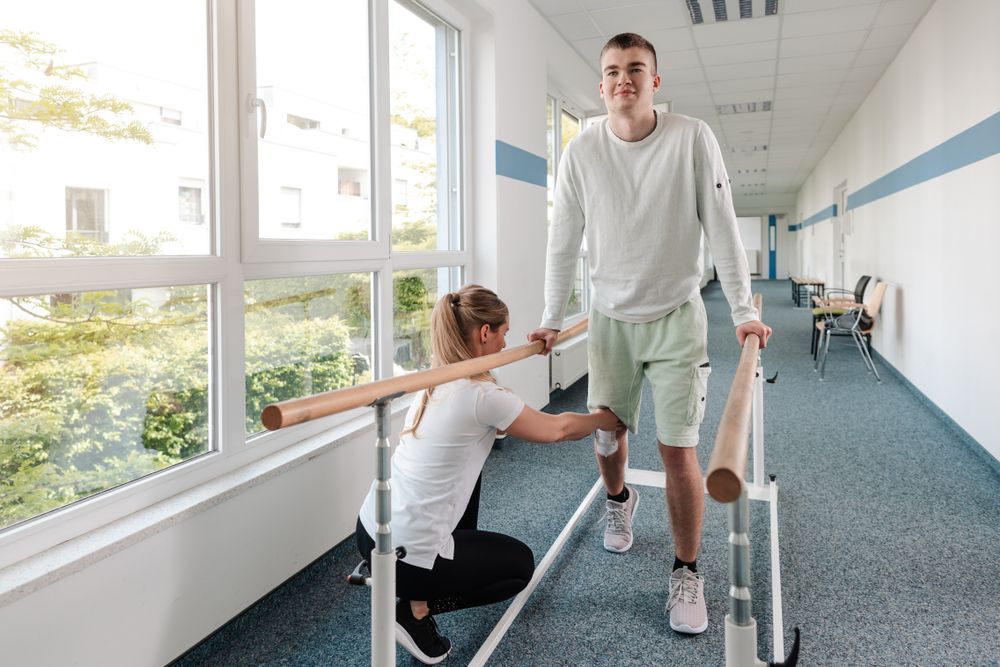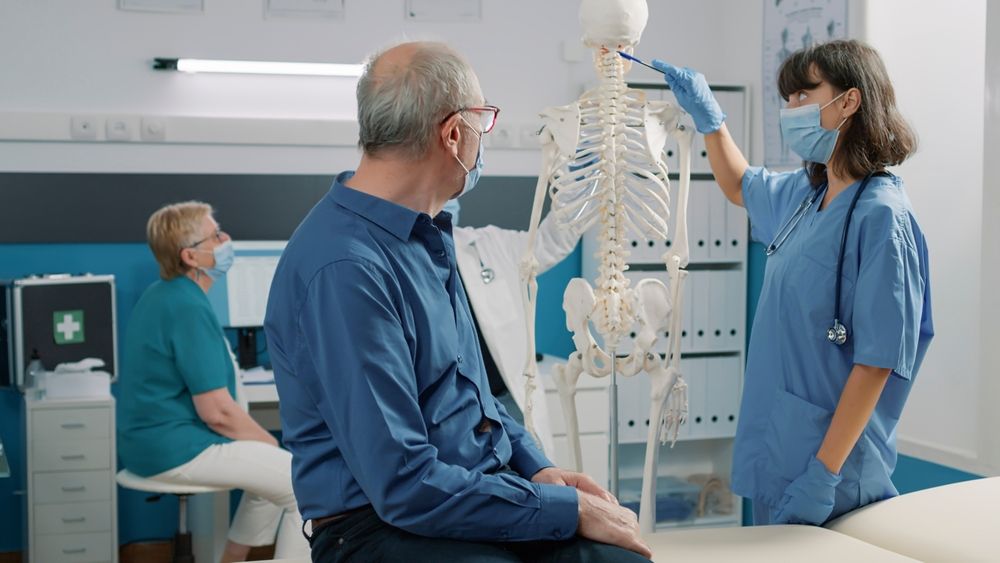Many patients suffer years before finally seeking help with common concerns. Once they’ve begun the process, it often starts with visits to their primary care physician. These visits typically lead to using conservative measures as an initial form of treatment. If these aren’t successful, the next step typically involves a surgical approach. Only after these have been exhausted will most patients seek information about joint replacements to address their concerns.
The Modern Medical Environment Around Implants
When the first hip replacement was performed by Sir John Charnley in Great Britain 60 years ago, it heralded a bright new future for patients with arthritic joints. While this initial implant was revolutionary, the hip and knee implant designs that followed had significant limitations and lacked durability. Modern implants have solved many of the problems and can perform well for decades.
This extended lifetime and performance of implants are only the beginning. Over the past few decades, the speed of recovery following the procedures has been drastically reduced. The length of stay in the hospital has been reduced from weeks to days to hours. Currently patients can get up and walk within a couple of hours and most go home the same day. They will need the support of a cane or walker in the first few days of recovery. However, they’ll quickly be able to stop relying on these devices within just a few days. Patients can typically return to work and normal activities almost immediately with physician approval.
One major contributor to more rapid recovery has been the development of less invasive surgery options. The procedures can be performed through relatively small incisions, with more minor collateral damage to the tissues around the surgical site. The advance in surgical robotics, sophisticated sensors, and computing technology enhances the surgical technique in some cases.
Another key piece of rapid recovery protocols has been perioperative anesthesia improvements. The adjustment of medications given before, during and after surgery has led to less bleeding, reduced post-operative pain, and earlier mobilization of patients after surgery.
Resolution of chronic pain, improved mobility and greater quality of life are the benefits of joint replacement. The primary risks associated with these procedures include:
- Blood clots in leg veins – in about 1-2%
- Infections – in about 0.1-0.3%
- Stiffness or weakness in the joint
- Dislocation or loosening of the joint – less than 1% after 10 years
Consult Your Joint Specialist For More Information
Call your specialist if you’ve been living with chronic pain and limited mobility from joint pain.
While these procedures can’t restore the joints of your youth, they can make it possible to return to your favorite activities. With the right rehab, you can expect to be able to live the life you enjoyed before joint pain limited your mobility. Rock climbers, hikers, speed walkers, and other people who live active lifestyles can often return to these activities with time and the proper physical therapy steps. Learn what joint replacement can do for you by calling your specialist today!











